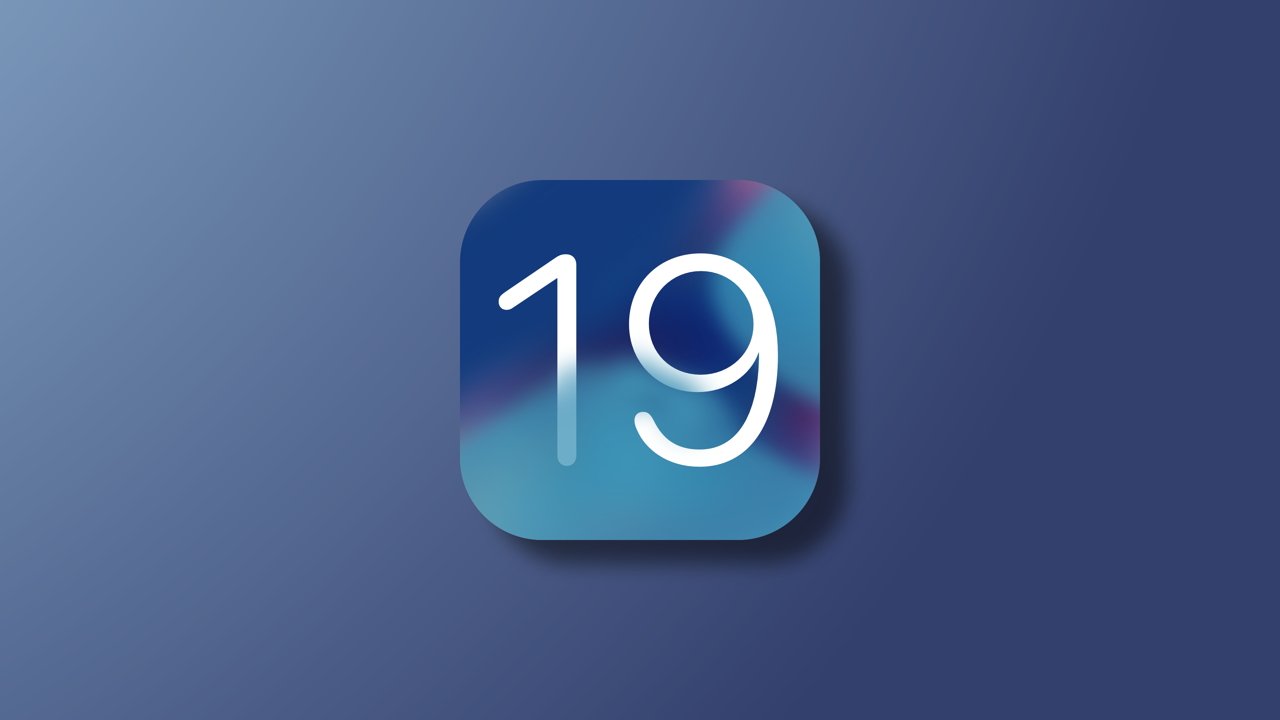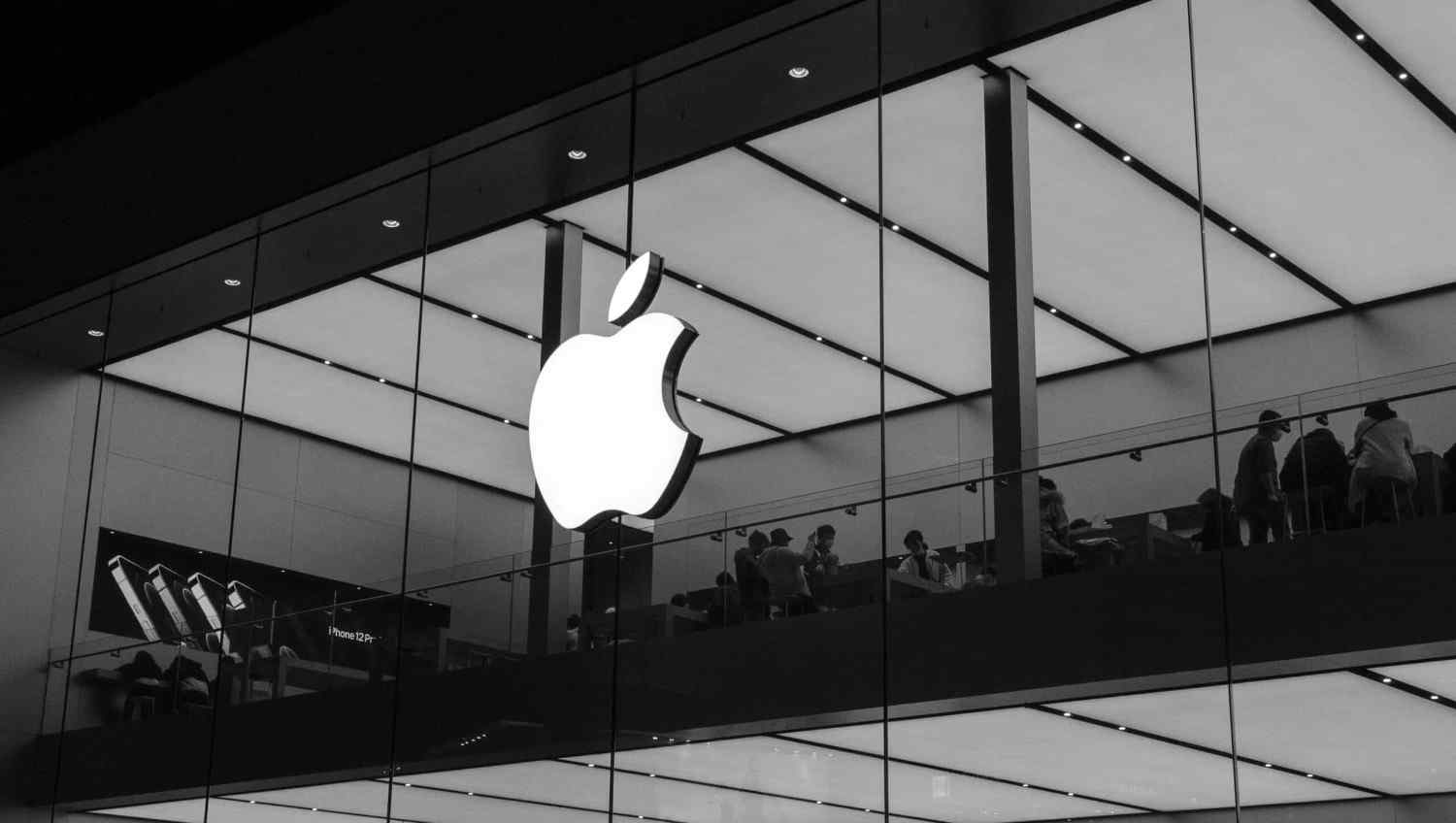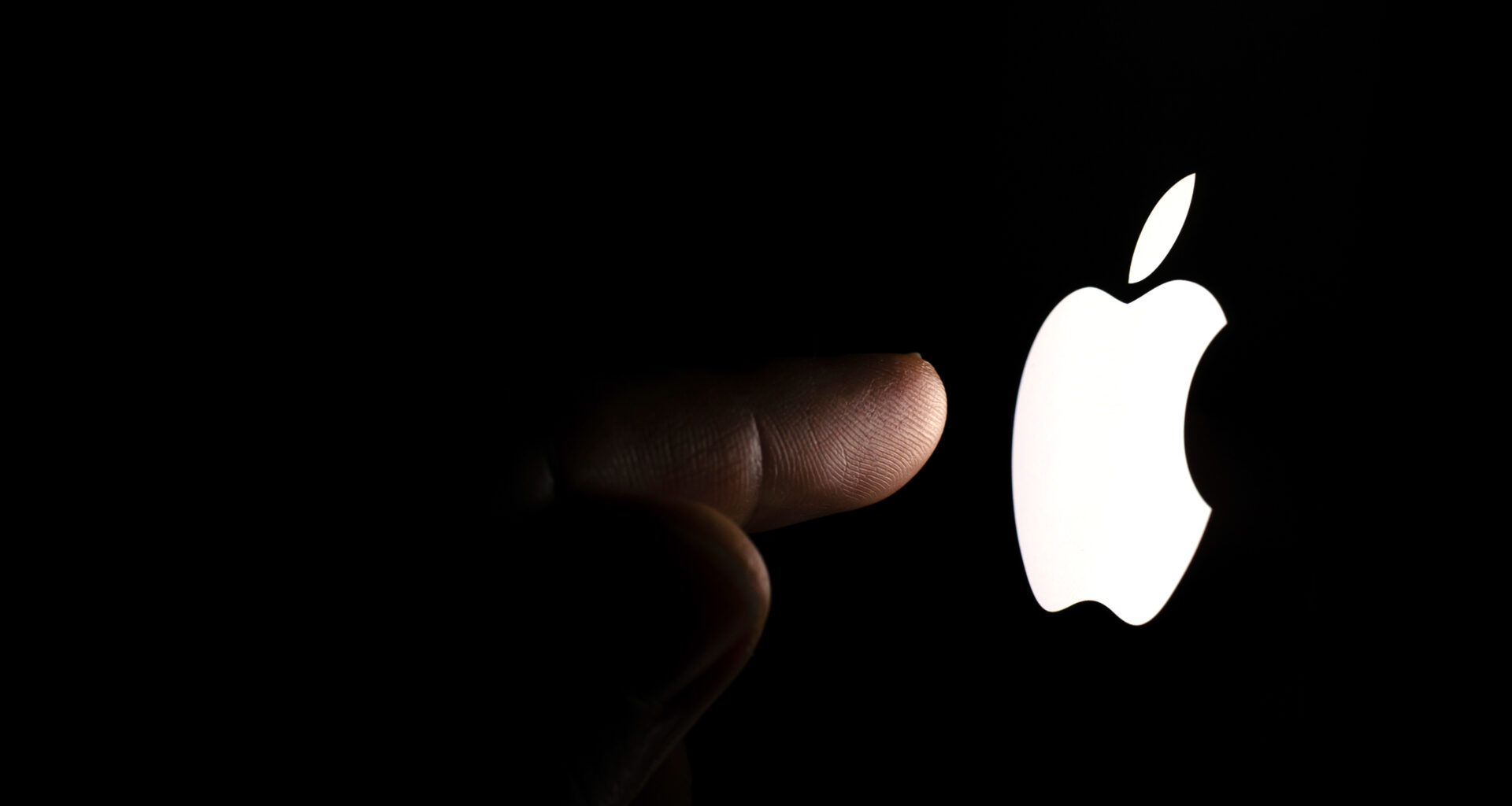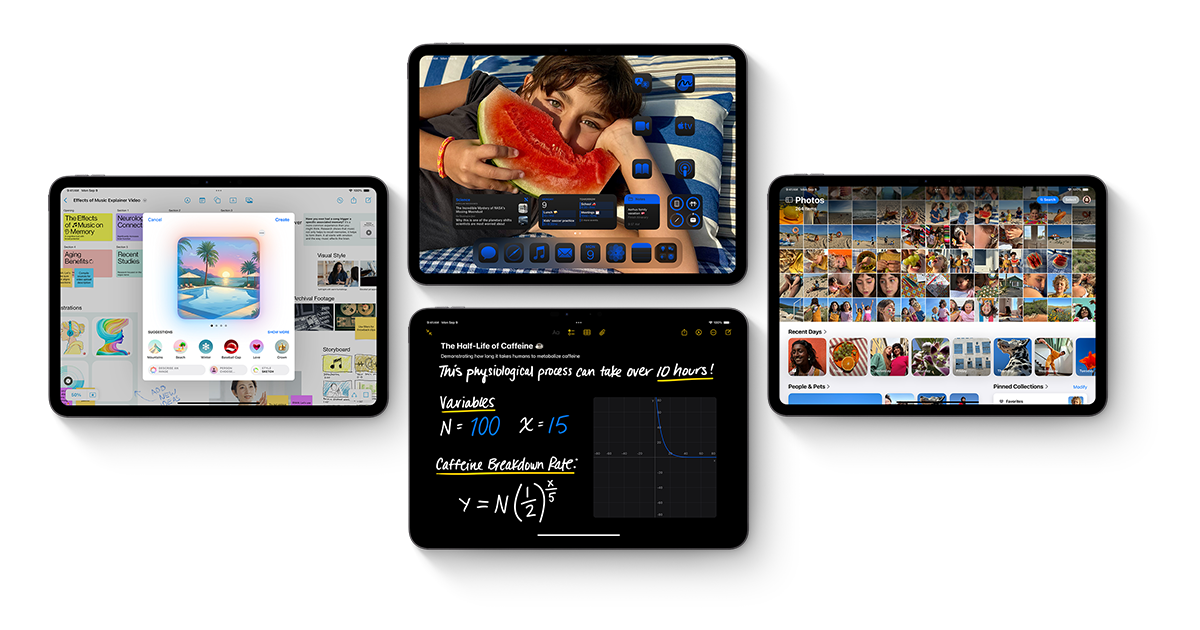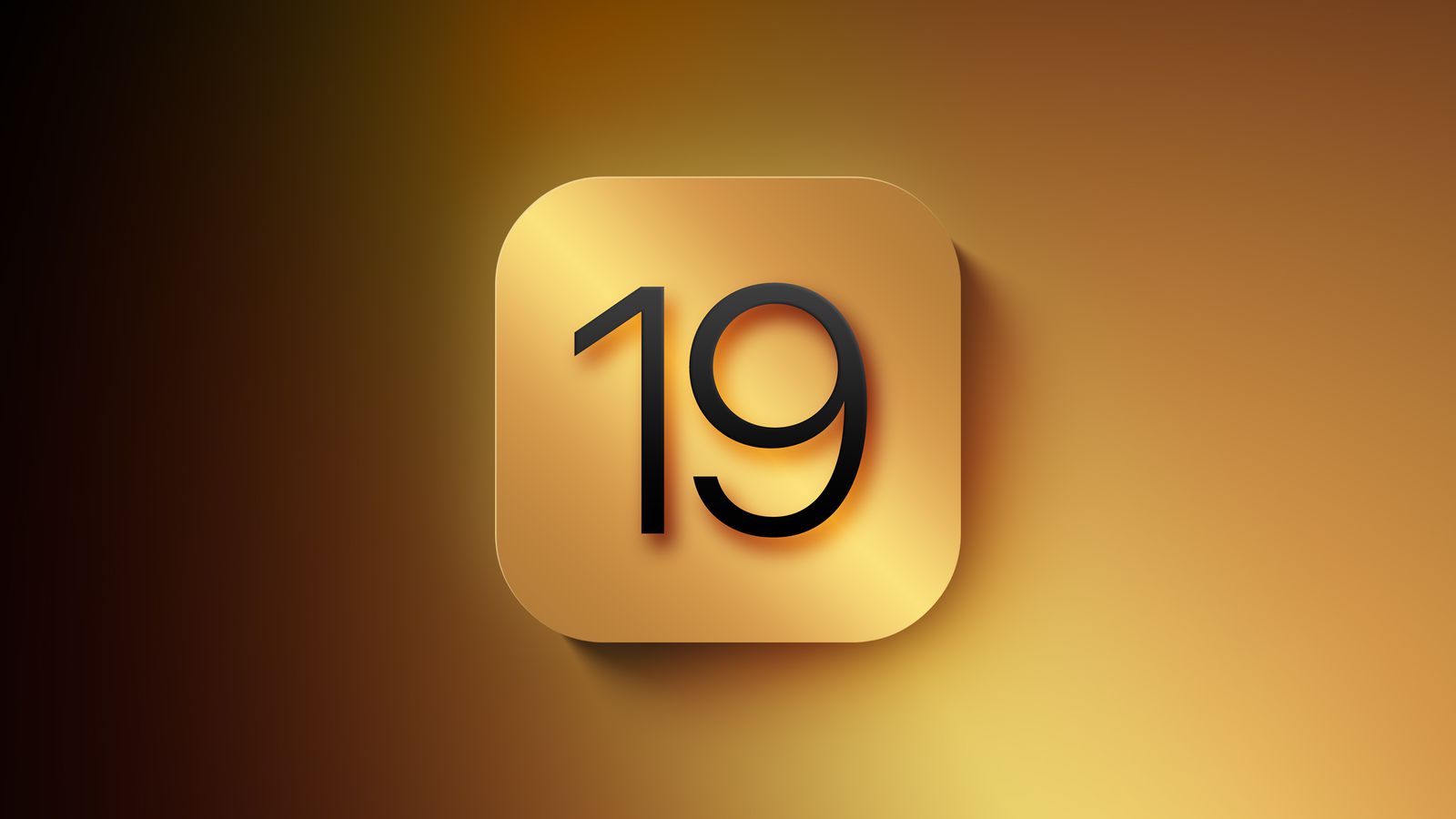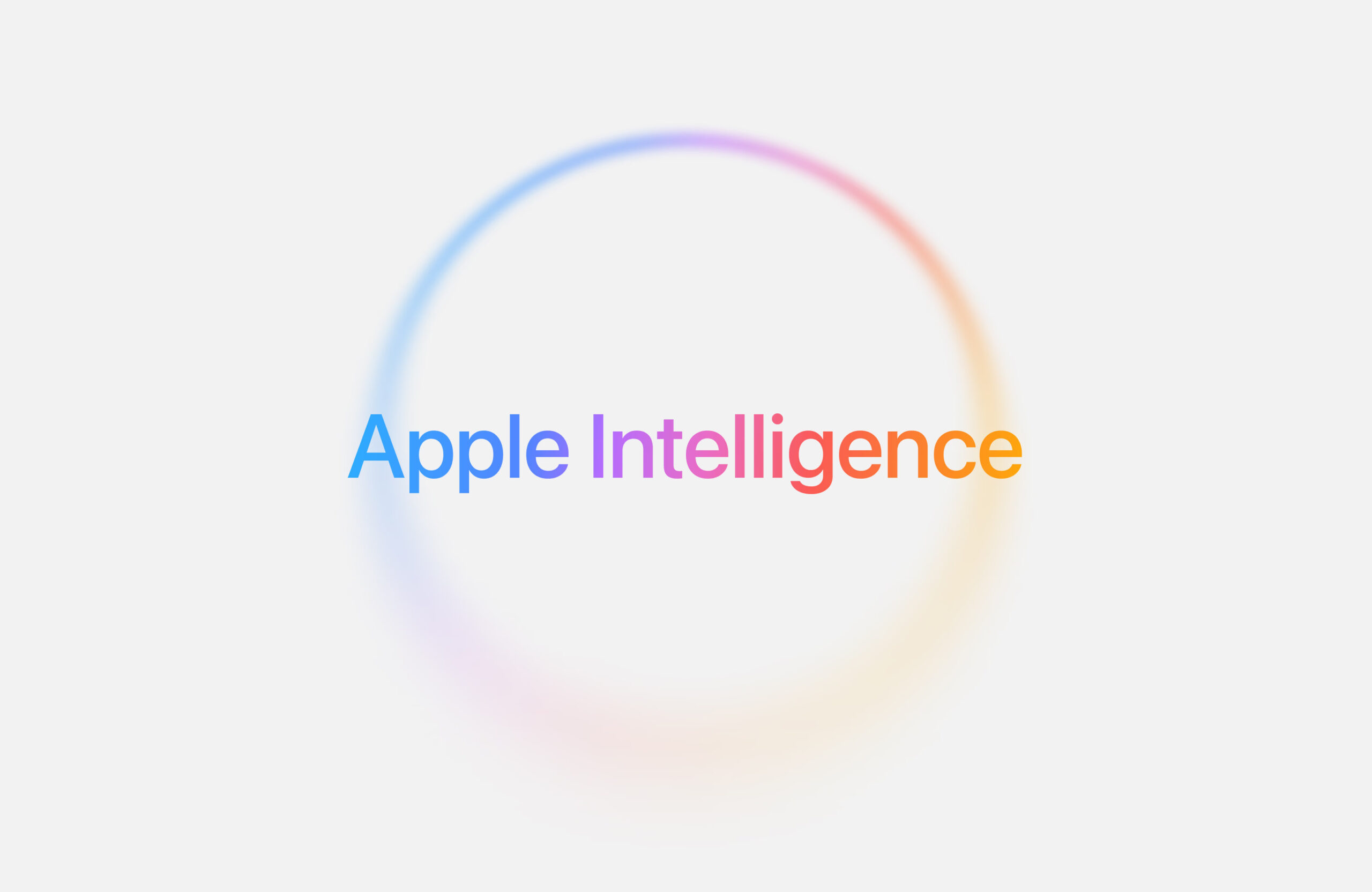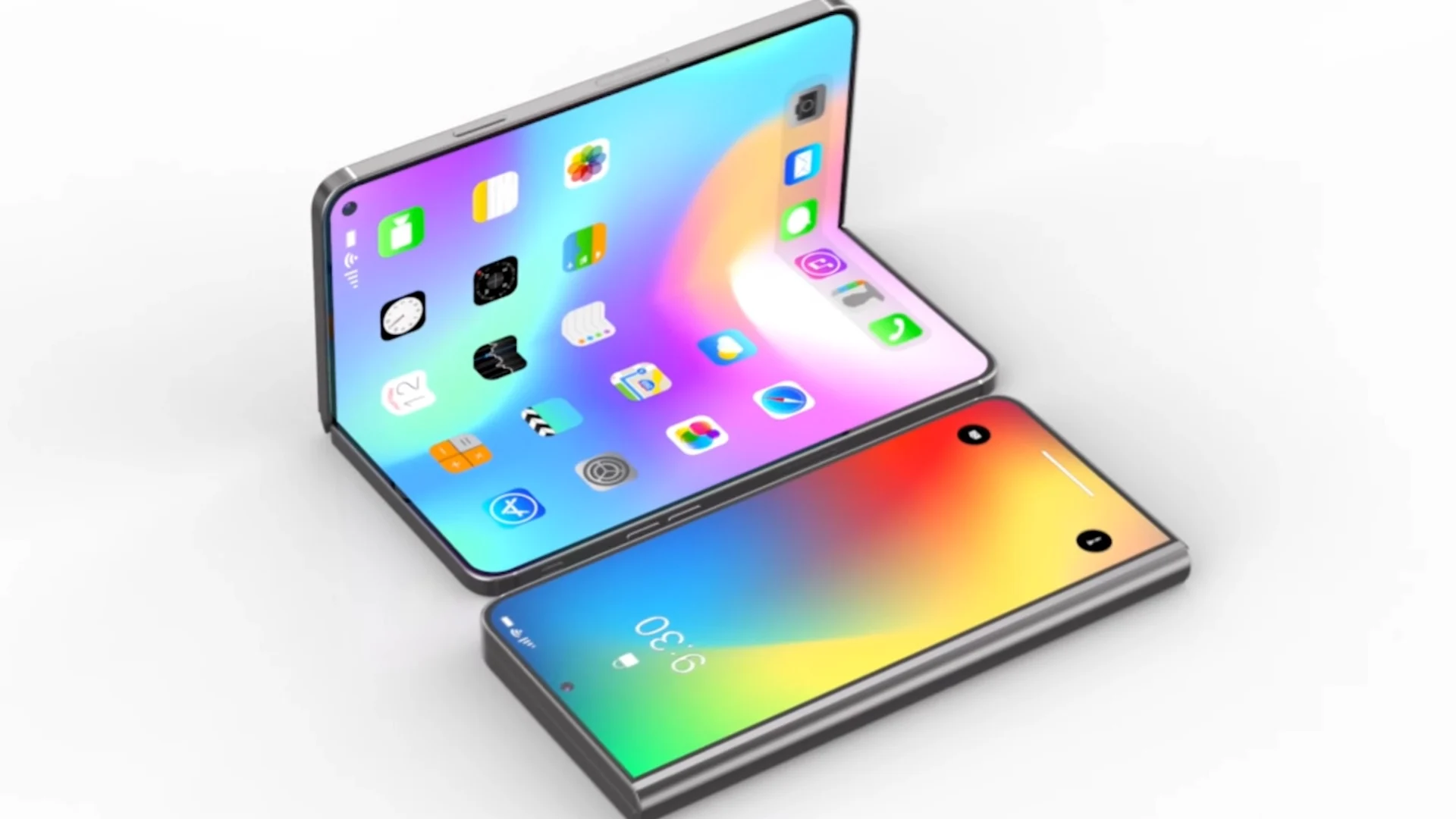Thanks to iOS 19, Apple is equipping its iPhones with new features for the keyboard and Apple Pencil. Standing out is the fact that you can now use both English and Spanish when typing. Now, users have the ability to write in two languages at once using the current keyboard. Just as on iPadOS, the system will notice your language and recommend the appropriate words. Because of this, communicating or writing in several languages is faster and smoother.
This update also includes great new features for those who use Apple Pencil. Apple Pencil is getting support for writing with a stylus across different iPhone apps. This means you have the option to write by hand in Notes, search bars and messaging apps as well. It supports people who rather write by hand with a stylus instead of using the on-screen touch keyboard.
iOS 19 might come in September, when the new iPhones launch as well. Apple will present all its new features at the Worldwide Developers Conference (WWDC) in June 2025.
These changes aim to improve the utility of the iPhone for people who use several languages and enjoy using the Apple Pencil. Apple is still working to enhance what both users and workers can do while also ensuring comfort.
